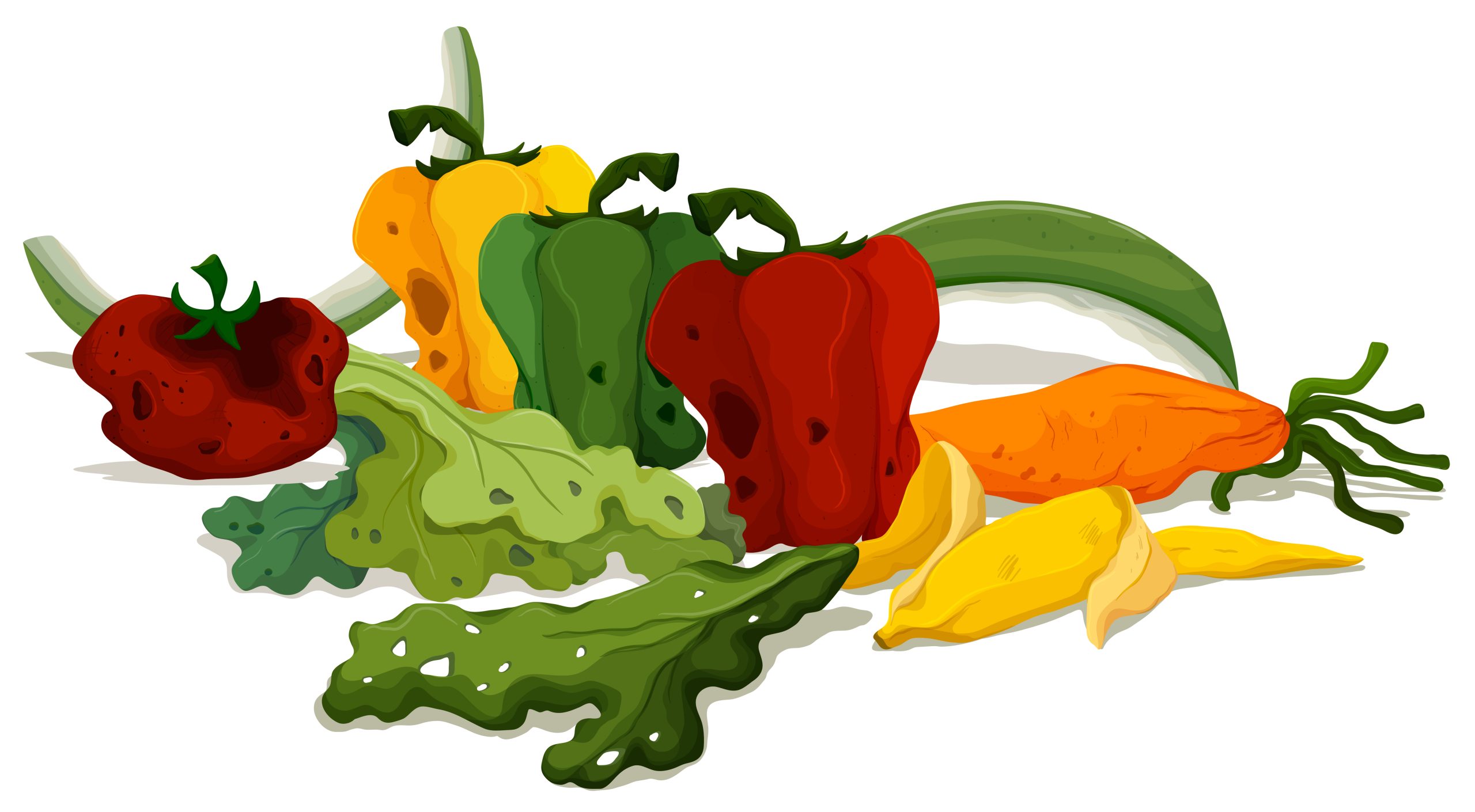Thanksgiving is a time for family, friends, and feasting. But with all the cooking and entertaining, it’s easy generate a lot of food waste. According to the USDA, Americans throw away 133 billion pounds of food each year, and Thanksgiving is one of the biggest culprits. But with a little planning and creativity, you can cut down on food waste this Thanksgiving and make the most of your leftovers.
Plan Ahead
The key to reducing food waste is to plan ahead. Start by making a detailed shopping list and only buy what you need. Consider the size of your gathering and how much food each person is likely to eat. Don’t be tempted to overbuy just because it’s a special occasion.
If you’re hosting a potluck-style Thanksgiving, coordinate with your guests to avoid duplicate dishes. Encourage them to bring reusable containers to take home leftovers, rather than disposable ones.
Use What You Have
Before you head to the grocery store, take inventory of what you already have in your pantry and fridge. Use up any ingredients that are close to their expiration date, and incorporate them into your Thanksgiving menu. For example, if you have a can of pumpkin puree that’s about to expire, make pumpkin bread or pumpkin pie.
Get Creative with Leftovers
Leftovers are a big part of Thanksgiving, but they don’t have to be boring. Get creative with your leftovers and turn them into new dishes. For example, leftover turkey can be used in sandwiches, soups, and casseroles. Leftover mashed potatoes can be turned into potato pancakes or shepherd’s pie. And leftover cranberry sauce can be used as a topping for yogurt or oatmeal.
If you have a lot of leftovers, consider freezing them for later use. Use freezer-safe containers or bags, and label them with the contents and date.
Donate to Those in Need
If you have excess food that you can’t use or freeze, consider donating it to a local food bank or shelter. Many organizations accept donations of non-perishable food items, as well as fresh produce and prepared dishes. Check with your local food bank to see what they need and how to donate.
Compost
If you have food scraps that can’t be donated or used, consider composting them. Composting is a natural process that turns food waste into nutrient-rich soil. You can compost fruit and vegetable scraps, eggshells, coffee grounds, and more. Check with your local government or waste management company to see if they offer composting services or if there are community composting programs in your area.
Tips for Reducing Food Waste
1. Plan ahead: Make a detailed shopping list and only buy what you need.
2. Use what you have: Take inventory of what you already have in your pantry and fridge, and incorporate it into your Thanksgiving menu.
3. Get creative with leftovers: Turn leftovers into new dishes, or freeze them for later use.
4. Donate to those in need: Consider donating excess food to a local food bank or shelter.
5. Compost: Compost food scraps to create nutrient-rich soil.
Conclusion
Thanksgiving is a time for gratitude and generosity, but it’s also a time for excess and waste. By planning ahead, using what you have, getting creative with leftovers, donating to those in need, and composting, you can cut down on food waste this Thanksgiving and make the most of your feast. Remember, every little bit counts, and small changes can make a big difference.




